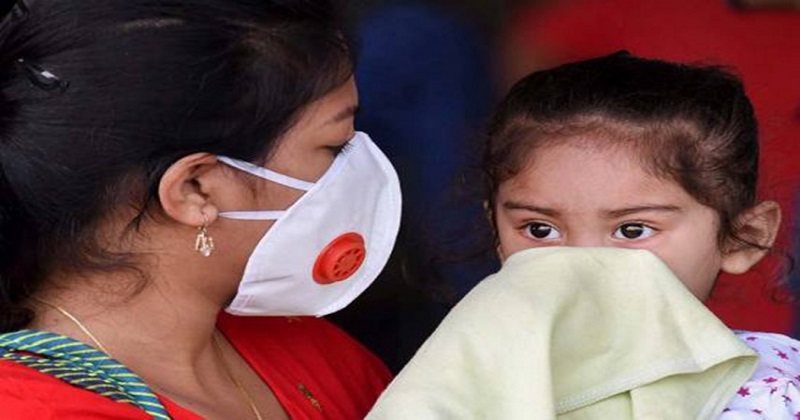
As the second surge of coronavirus left a destructive mark on the lives of millions, people are still concerned and anxious about the third wave that could probably occur in the future. Unlike the first wave, the second wave was more critical and took damage on not just the adults but also to the children. Given the increase in the number of people diagnosed with black fungus infection, parents are anxious whether it could be a menace to the kids too.
Black fungus infection is a critical fungal infection created by a group of moulds called mucormycetes, commonly observed in the air, soil, or decomposed organic material. It normally affects the sinuses, brain, or lungs and therefore can be very common in people experiencing or recovering from COVID-19. Patients with pre-existing medical conditions or those taking immunosuppressant medicines to battle off deadly environmental pathogens are most prone to catch this fungal infection.

Common symptoms
If in case a person has contracted the black fungus infection, it is necessary that you pay attention to the indications, so as to limit the complexities that may follow.
– Headaches and swelling in the forehead
– Swelling in the one side of the face
– Black crusts around the nose
– Blurred vision or vision loss
– Respiratory problems such as chest pain, cough, shortness of breath
Black fungus infection or mucormycosis is a unique fungal infection, which has been lately seen in critical COVID-19 patients. Experts advise that patients who either have compromised immunity or those who are diabetic are more prone to catch the black fungus infection. As compared to adults, children are less possible to have diabetes or immunocompromised health condition, which is why they are less possible to any form of fungal infection generated during COVID-19 infection. However, recent reports have proposed rare cases of mucormycosis or black fungus infection in children. The first case of black fungus in a 13-year-old was discovered in Gujarat, who as a matter of fact had healed from COVID-19.
Recently, two other related cases were found in rural parts of Karnataka of which one was an 11-year-old girl from Ballari district and a 14-year-old boy from Chitradurga. Though, the health administrators state that the two children were experiencing Acute Juvenile Diabetes (AJD), as per reports. While COVID-associated fungal infections are uncommon in kids, it is essential that parents stay prepared. The unpredictability of the third surge is what is disturbing a large population of people in the nation, which is why it is necessary to keep everyone safe, particularly the kids.
Read more; With a whopping Rs 155 crores in 5 years , the state exchequer suffers a clean dip
Besides teaching our children about the pandemic, ask them to observe all the precautionary steps. Encourage them to remain indoors and avoid having visitors at home. Provided, that the virus spares no one, do not send your kids outdoors to play, rather create fun indoor games that might keep them occupied. Make sure your child wears a mask whenever he or she has a friend and visits crowded places. Regular washing of hands and sanitizing before touching your eyes, nose, and mouth is important during such times. If left ignored, children may touch infected surfaces and objects, which may lead to an infection.

Post Your Comments